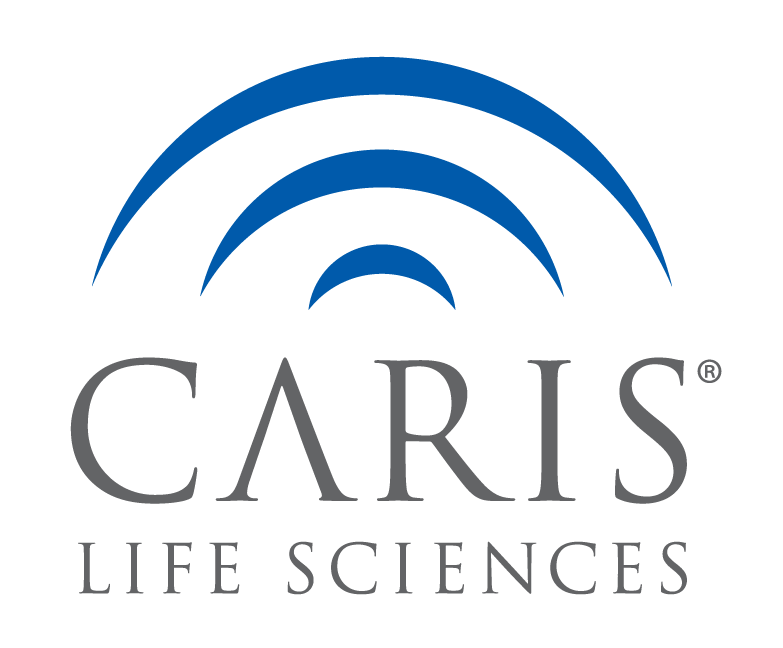Abstract
Aptamers have recently gained prominence for their diagnostic and therapeutic potential. The DNA aptamer C10.36 forms a G-quadruplex structure and has been shown to bind the Ramos Burkitt’s lymphoma cell line1 . However, its binding partner on the cell surface remains unknown. Here we report on the identification of the molecular target of C10.36, which suggests its application in the therapy of B-cell lymphoma and leukaemia. Aptamer-affinity purification, followed by LC-MS/MS revealed unique proteins pulled down with C10.36 associated with Ramos cells but not Jurkat, a T-cell lymphocyte cell line. The majority of the identified target molecules were found to be associated within ribonucleoprotein complexes, of which the abundant and consistent ones belong to the nucleolin complex including nucleolin (NCL) itself and its interacting partners, i.e. nucleophosmin (NPM1), heterogeneous nuclear ribonucleoprotein (HNRNP) family members such as HNRNP C1C2 and U, rRNA 2′-O-methyltransferase fibrillarin (FBL), actin (ACTB), nucleolar RNA helicase 2 (DDX21), and proline- and glutamine-rich splicing factors (SFPQ). All proteins identified in the above ribonucleoprotein complex are aberrantly expressed on the surface of several disparate cancer cell types and have been shown to play an oncogenic role in cancer. We tested the effect of C10.36 on viability of Ramos and other non-Hodgkin’s B-cell lymphoma (NHL) cancer cell lines. Our results indicate that C10.36 treatment causes specific cell death of certain lymphoma cell lines such as Ramos but not Jurkat cells. The present study identifies C10.36 as a novel anti-B cell lymphoma aptamer and underscores its potential for the development of a new targeted therapy to treat B-cell lymphomas.
Conclusions and Outlook
- C10.36 interacts with a ribonucleoprotein complex on the surface of NHL cells
- C10.36 binds hnRNP U directly within the ribonucleoprotein complex
- C10.36 treatment inhibits cell viability in certain NHL cell lines
- The oncogene c-MYC is commonly over-expressed in NHL cells 4 . hnRNP U has previously been shown to stabilize c-MYC mRNA as well as promote cMYC transcriptional activity 5,6 . Therefore C10.36 mediated toxicity may be a result of indirect inhibition of c-MYC by sequestering hnRNP U.
- C10.36 represents a B-cell lymphoma targeting compound, with potential therapeutic applications

